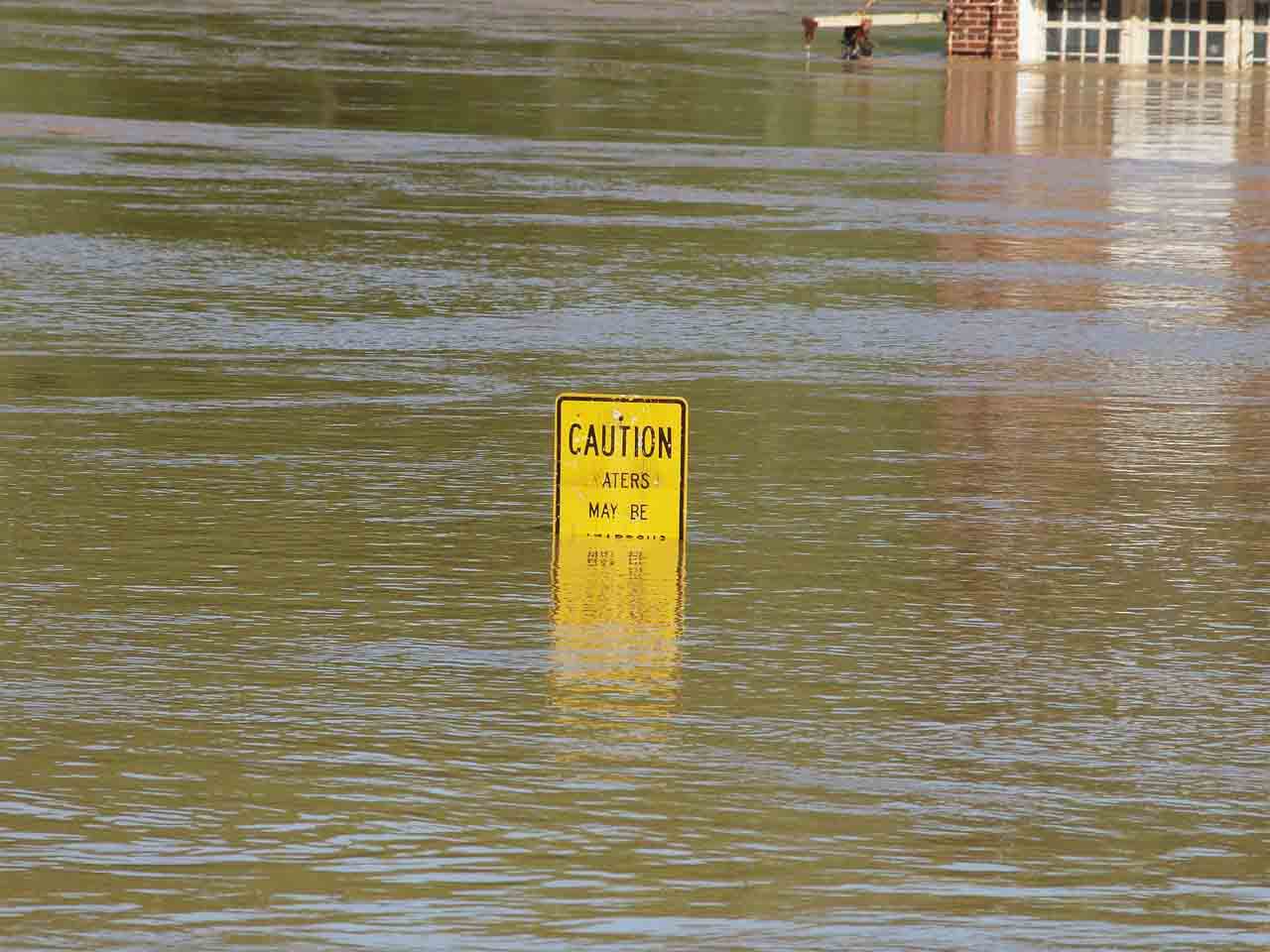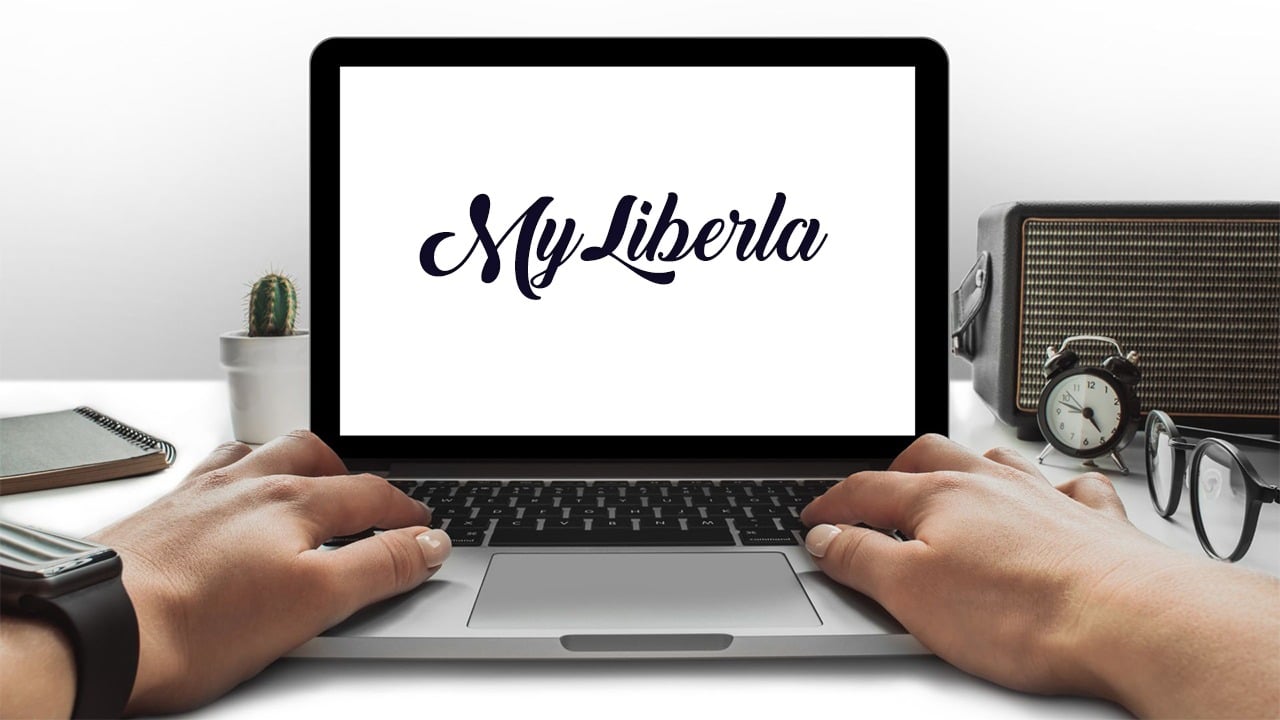Whether you wake up to a wet kitchen floor due to a malfunctioning washing machine or have the misfortune of having to deal with a natural disaster, floods are never welcome.
They are not only costly, with $52,000 being the average payout from insurance companies, but they also can put the place you call home in danger of severe damage.
Due to their prevalence, it’s good for all to know what they could be in for should it happen to you. So keep on reading to get clued up on how a flood damages property and more importantly, what you should do if you have one.
The Ways a Flood Damages a Home?
While every case is different, the dangers to one’s home that everyone should be conscious of are:
- Structural Integrity
- Electrical
- Furniture
- Flooring
- Mold
Structural Integrity: Due to the sheer scale of water that can seep into the foundations of a home, in severe cases, a home can be in danger of structural damage. Wooden frames and beams can swell and be compromised leading to long-term issues, even affecting the resale value of a home long after any repairs have taken place.
Electricity: Water and electricity are certainly not a match made heaven. Other than the obvious dangers to anyone in your household, electrical systems can suffer damage. Therefore when a flood damages your home, rewiring and replacing fuseboxes and fixtures are a common fix.
Furniture: Furniture is probably the most common casualty experienced when a flood damages one’s home.
Much like the beams and frames in a home’s structure, waterlogged chairs, cabinets and the like can suffer from swelling as their laminated surfaces break down. In most cases, sentimentality cannot be a factor even if light damage is experienced and said furniture needs disposing of.
Flooring: Wooden floors understandably fall victim to flood damages however having carpets and even concrete floors don’t come off much lighter.
The immediate danger to carpets other than being waterlogged also comes from staining experienced from the varnish found on furniture.
Mold: Perhaps the most pervasive way flood damages a home is through mold. Found most commonly on walls, it can also be present in carpets and other places. Long term, mold can present serious problems not only to the structure of a home but also to your health, therefore any signs need to be dealt with swiftly.
What to Do when you Experience a Flood?
Safety needs to be the first priority when experiencing a flood, therefore a good first step is to cut off any electrical supplies at the mains. This is a wise decision as even if the power is out due to a natural disaster, there is always a chance it could come on again without warning, putting you in danger of electrocution.
Next, if due to the water supply in your homes, turn off the water supply at the mains.
Your next call should be to your insurance company. It is worth noting that flood insurance is usually not included in most home insurance policies. For that reason taking out a separate policy for flood insurance is important while filing for a flood claim it will help to homeowners who have been flooded out of their homes and loss property and belongings due to a natural disaster.
To help your claim, document as much as you can, taking pictures and keeping any receipts for expenses incurred.
Next, there is not much more to do but get started with the dreaded clear up. One last thing to note is the preventative steps to take to stop mold from taking hold in your home. The EPA strongly encourages as much ventilation as possible so be sure to keep windows and doors open as long as you can.
Flood Damage Can Become Water Under the Bridge
After going through the trauma that comes with flood damages, it can seem like an age before things get back to normal.
For this reason, being prepared and being aware of the most common issues that you can face are so important beforehand.
We hope our insight has proved useful and if so don’t be shy, share it with a friend, and check out the other useful content on our site!





































